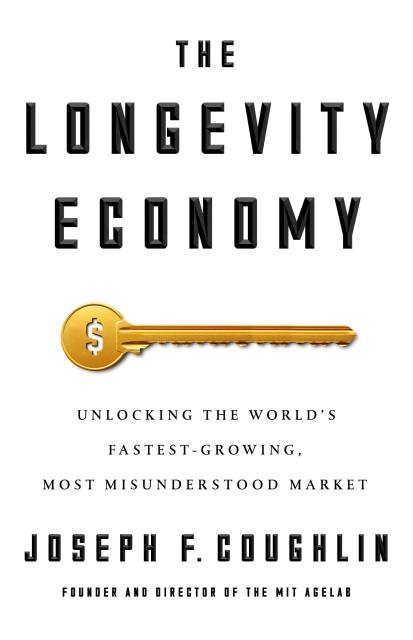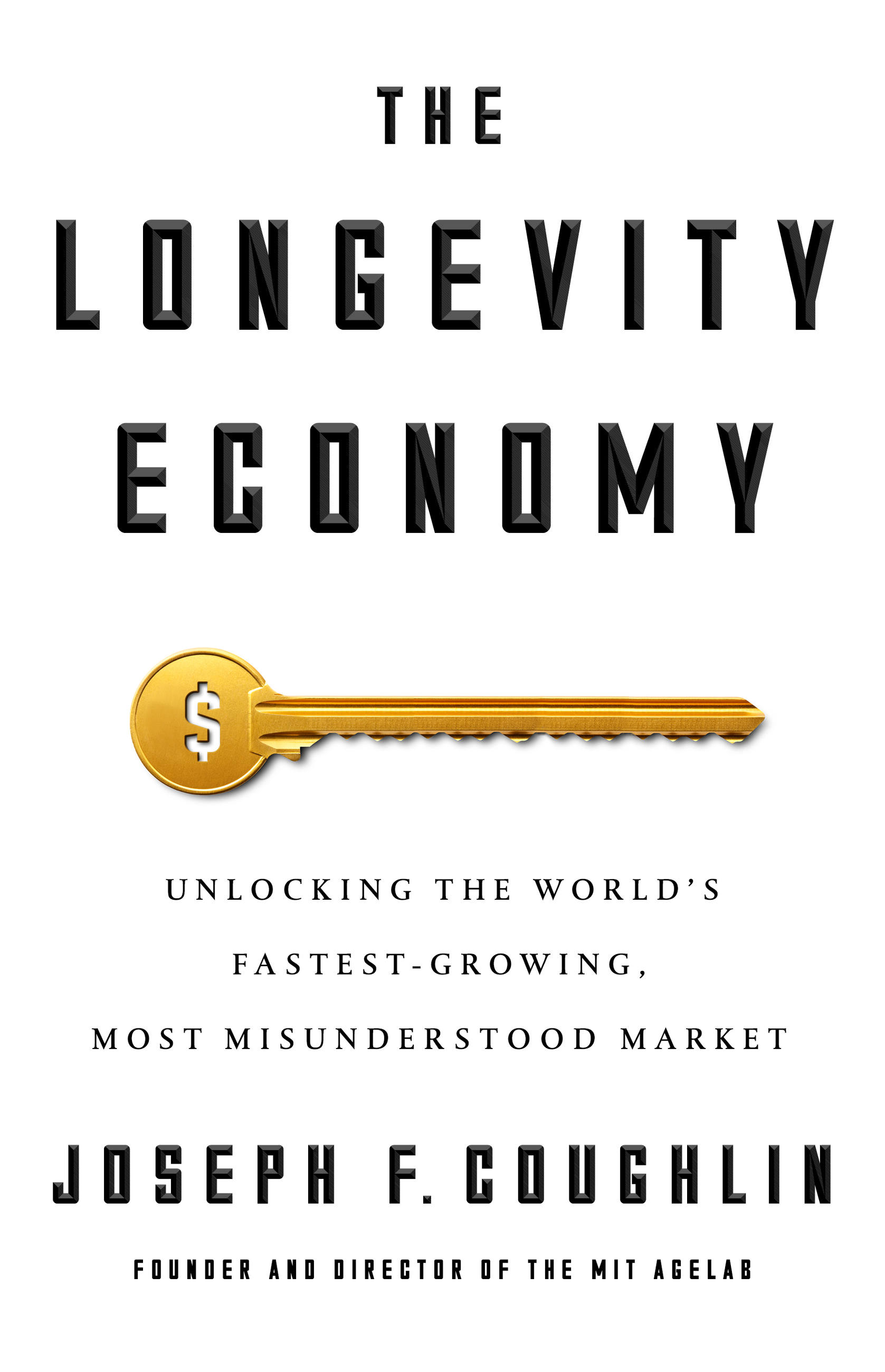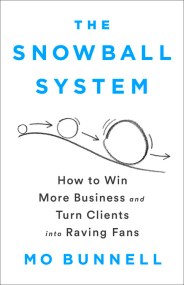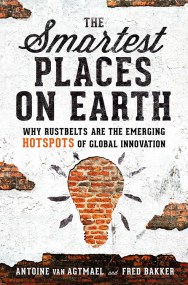Promotion
Use code BEST25 for 25% off storewide. Make sure to order by 11:59am, 12/12 for holiday delivery!
By clicking “Accept,” you agree to the use of cookies and similar technologies on your device as set forth in our Cookie Policy and our Privacy Policy. Please note that certain cookies are essential for this website to function properly and do not require user consent to be deployed.
The Longevity Economy
Unlocking the World's Fastest-Growing, Most Misunderstood Market
Contributors
Formats and Prices
- On Sale
- Nov 7, 2017
- Page Count
- 352 pages
- Publisher
- PublicAffairs
- ISBN-13
- 9781610396653
Price
$17.99Price
$21.99 CADFormat
Format:
- ebook $17.99 $21.99 CAD
- Hardcover $32.00 $42.00 CAD
- Audiobook Download (Unabridged)
This item is a preorder. Your payment method will be charged immediately, and the product is expected to ship on or around November 7, 2017. This date is subject to change due to shipping delays beyond our control.
Buy from Other Retailers:
Over the past two decades, Joseph F. Coughlin has been busting myths about aging with groundbreaking multidisciplinary research into what older people actually want — not what conventional wisdom suggests they need. In The Longevity Economy, Coughlin provides the framing and insight business leaders need to serve the growing older market: a vast, diverse group of consumers representing every possible level of health and wealth, worth about $8 trillion in the United States alone and climbing.
Coughlin provides deep insight into a population that consistently defies expectations: people who, through their continued personal and professional ambition, desire for experience, and quest for self-actualization, are building a striking, unheralded vision of longer life that very few in business fully understand. His focus on women — they outnumber men, control household spending and finances, and are leading the charge toward tomorrow’s creative new narrative of later life — is especially illuminating.
Coughlin pinpoints the gap between myth and reality and then shows businesses how to bridge it. As the demographics of global aging transform and accelerate, it is now critical to build a new understanding of the shifting physiological, cognitive, social, family, and psychological realities of the longevity economy.
-
"I loved this book. It's thought-provoking, insightful, and unexpectedly fun. You'll learn about what we get wrong about a world where people live a long time, how innovators botch serving such people, and how everyone from families to companies can do a lot better. With fantastic stories of runaway successes and hilarious flops alike ("Senior Food," anyone?), Coughlin demonstrates how design and innovation can change the way we age."Atul Gawande, author of Being Mortal
-
"Forget what you 'think' you know about aging. The landscape of later life has been transformed, and thanks to Joe Coughlin we now have a GPS to guide us through this exciting new world."Andy Sieg, head of Merrill Lynch Wealth Management
-
"Joe Coughlin has proven that the time has come to create a new narrative of possibility in old age. In The Longevity Economy, he not only defines that better narrative--he shows businesses how to lead in creating it and how to profit from the opportunities it provides."Jo Ann Jenkins, CEO, AARP
-
"Joe Coughlin has done a terrific job exploding "old age" as a concept. The magnificent result--at once forward-looking, hilariously irreverent, and engaging--serves as an indispensable road map for how to take full advantage of life's ever-lengthening third act. As I've found among the world's longest-lived people, celebrating older people is a key ingredient. The Longevity Economy shows us how to harness the skills of the wisest people among us and help them--and everyone around them--live longer."Dan Buettner, National Geographic Fellow and author of The Blue Zones
-
"In The Longevity Economy, Joe Coughlin offers keen insights into the aging population and how it is transforming our society and economy. Longer lifespans will revolutionize the way we live and offer incredible new opportunities, but will also require a new rigor in the way people plan and save for their later years. Coughlin's work is helping raise awareness of the demographic shifts, helping build critical understanding of the need for individuals, businesses and policymakers alike to adapt and change for the future."Roger W. Ferguson, Jr., President and CEO, TIAA
-
"This book is classic Coughlin, complete with real-life examples too big to ignore and too interesting to forget. The Longevity Economy doesn't just make you rethink the role of consumer insights and trends, it forces you to re-imagine their impact."Stephanie Linnartz, Marriott International Global Chief Commercial Officer
-
"What a magnificent book! Dr. Coughlin dispels the many biases that surround our perceptions of aging as a path to irrelevance. It should instead be seen as a path to ascendance. Increasingly, inclusive design is where businesses are heading because 'the golden years' are where true gold lies in the new, longevity economy."John Maeda, author of The Laws ofSimplicity and Redesigning Leadership
Newsletter Signup
By clicking ‘Sign Up,’ I acknowledge that I have read and agree to Hachette Book Group’s Privacy Policy and Terms of Use







